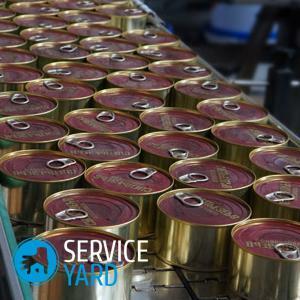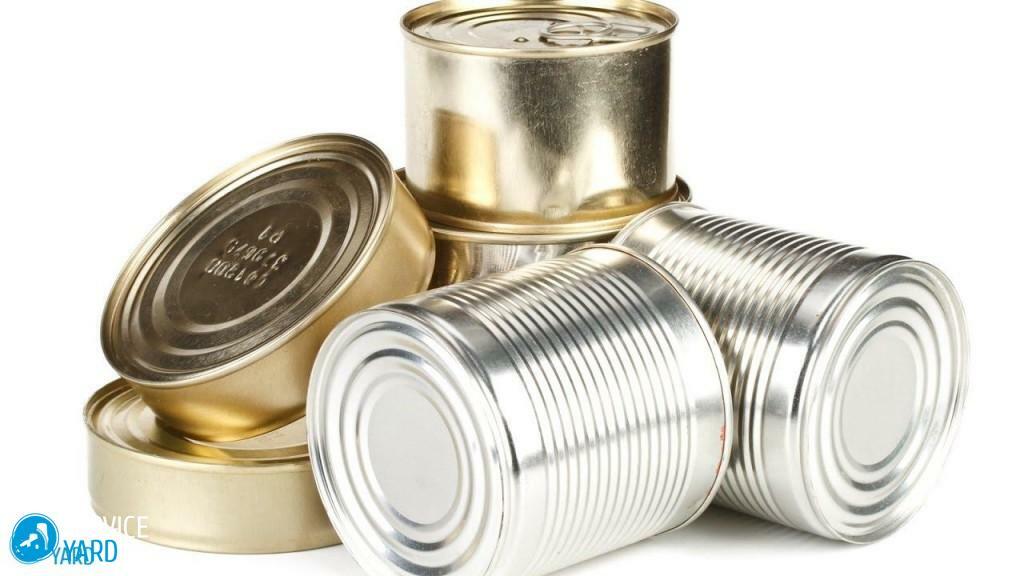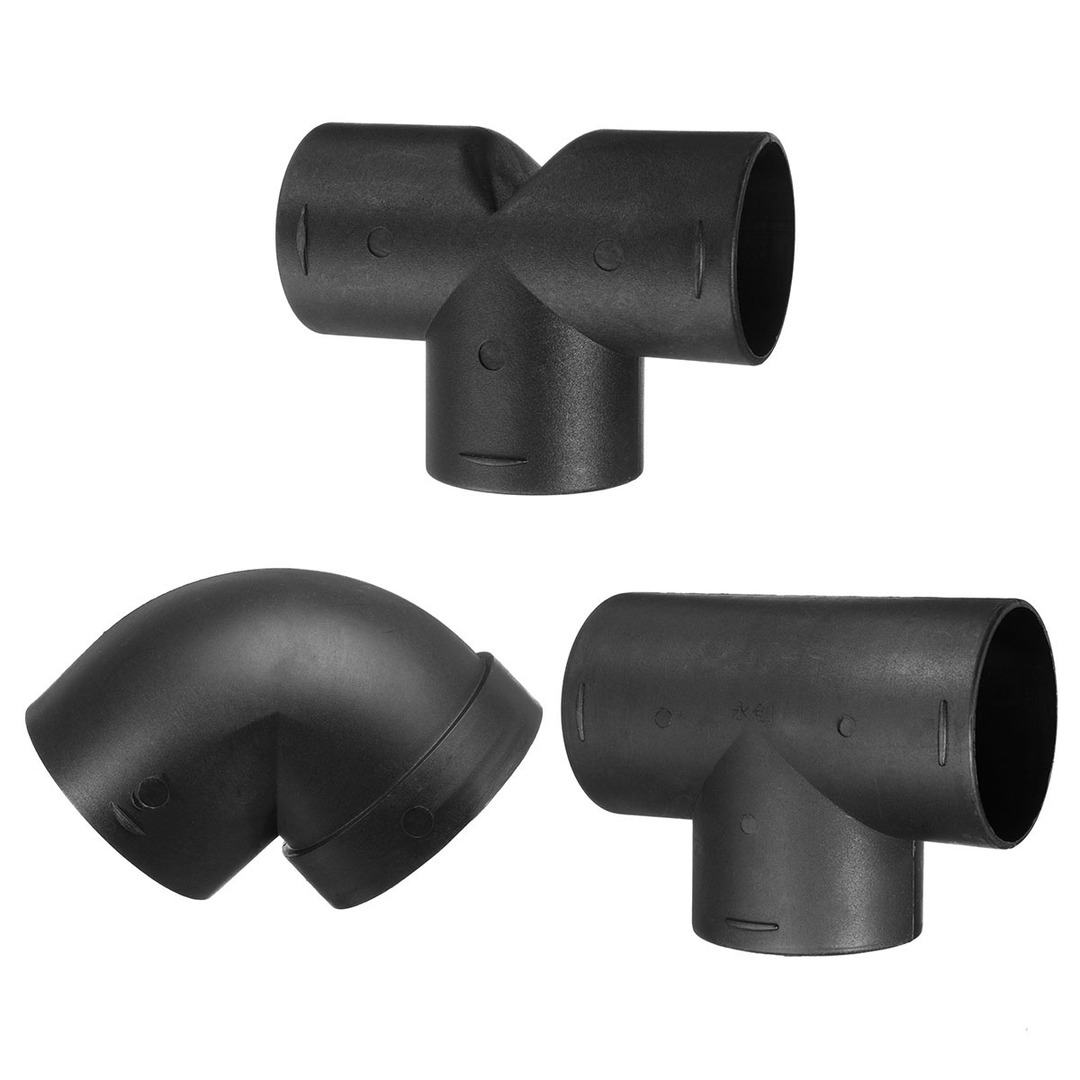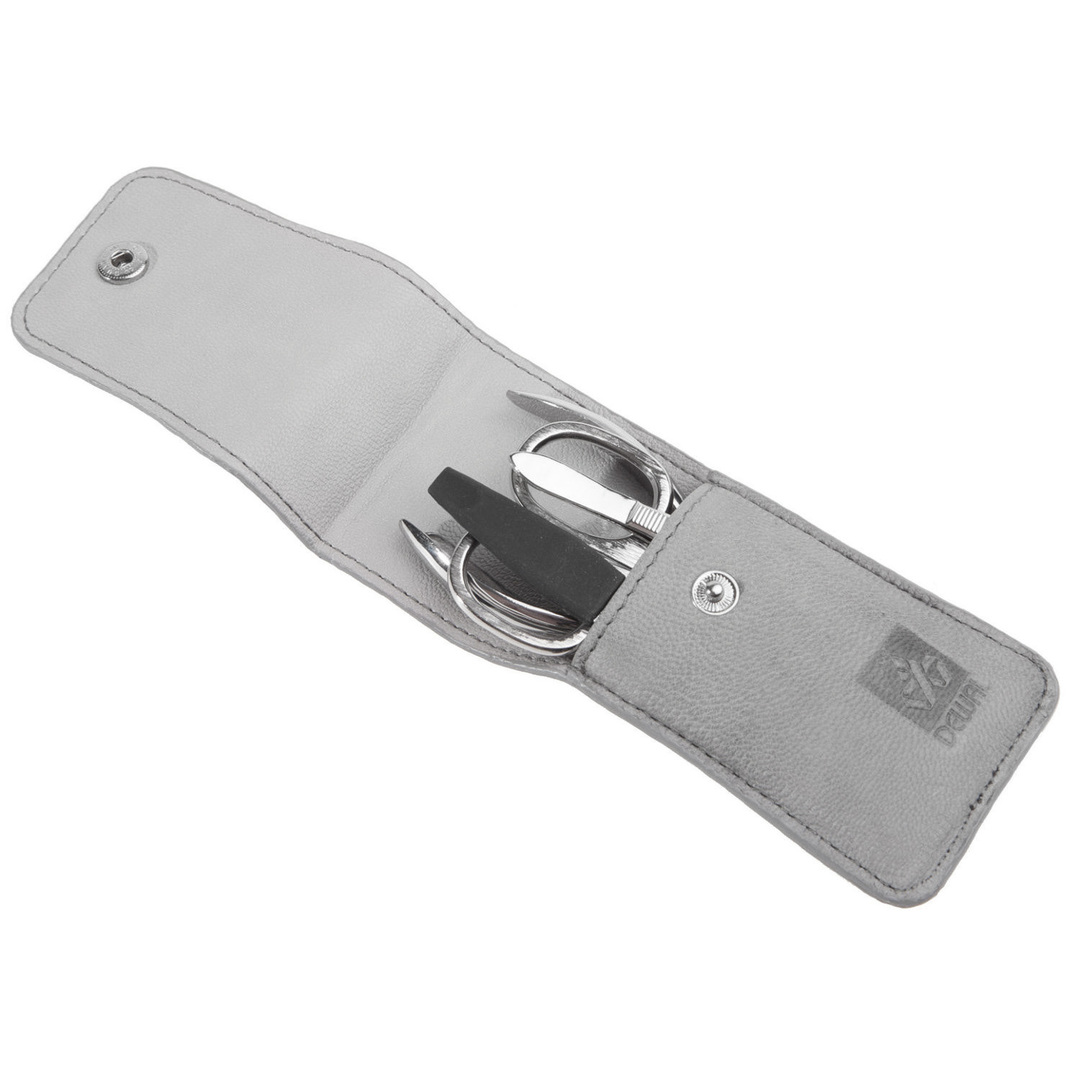
- History of a can
- Making cans - all wisdom
- The second life of cans
Often during searches on a network, people have the most unusual questions. And when the fantasy is already coming to its peak, one can even think about what cans make of cans. Is it funny?- By no means, in fact, everyone likes to eat some kind of canned food: fish in its own juice, in tomato sauce, in spices, all kinds of pastes, caviar of salmon, pollock. Yes, there are many things that are still on the shelves today, which can be eaten only by opening a jar, or used as a basis for hot and cold dishes, salads, rolls, tartlets. Before considering the question of what metal cans make, look back to the past.
to the contents ↑History of the can
The very first canned food was discovered during the excavation of the tomb of Pharaoh Tutankhamun in Egypt. It was fried and embalmed with olive oil ducks in bowls made of clay. The most interesting thing is that after lying for so many years in the depths of the earth, they were fit for food.
French culinary expert Nicola Francois Upper spent 10 years proving the fact that hermetically packaged and thermally processed products can be stored for a long time. His invention was put on stream for the belligerent French army. And in 1809 he was awarded the title of "Benefactor of mankind" and a prize. Later, he opened his own business - a store called "Different Bottles in Bottles and Boxes."There was a canning factory in the shop.
Scientific confirmation of Apper's ideas came only after 60 years. Peter Ducane brought the idea to his mind and patented the tin cans familiar to all of us. Of course, they were very different from modern ones. They were made by hand and had a very uncomfortable lid. To open it, you had to use a hammer and chisel.
Since 1819, canned food began to produce America. It is here that the canned food has acquired the kind that is familiar to us today, and in 1860, again, in America, invented a can opener. In Russia canned food has been produced since 1870.
As we can see, for several centuries there were several materials from which cans were made. Let's see now what we are dealing with today.
to the contents ↑Manufacturing of cans - all wisdom
From what metal do cans make? Cannery cans:
- made of thin, tin-plated steel;
- is sometimes made of aluminum or other metals.
Why such materials?
- They can be recycled again without losing quality and strength.
- The main difference from other ware for food storage - there is no possibility to backsealize the jar, because at the opening of the jar the metal is cut.
How does the capacitor work?
- The can consists of a casing, a bottom and a lid.
- To ensure that the can is sealed, the longitudinal seam is automatically sealed with tin solder.
Important! When sealing cans, one should not allow alloy particles to get inside the case, since a small amount of lead is included in the composition of the solder.
Alloy is applied only to the outer surface of the can body. In the sealed case, bend the edge to attach the bottom and cover. The bottom and the lid, as a rule, are the same. They are made from sheet or roll of sheet metal with the formation of rings on the surface, which are called hardness rings.

When the finished canister gets into sterilization, pressure rises in it, and the stiffening rings play the role of springs. They allow the bank to increase in volume without damage. After the bank has cooled down, the lid and bottom assume a normal position.
Important! Currently, there are many canned foods, especially fish, which are produced in whole-tamped jars. They do not need to be sealed, you just need to roll the top cover. Usually, low banks are manufactured in this way. Sometimes tin cans are supplied with special keys or tongues for easy opening.
to the contents ↑Second life of cans
Tin, aluminum, in principle, does not matter the composition, that is, from which the can is made, which appeared in your home. The main thing is that from it you can do a lot of useful things with your own hands. Sometimes their second life turns out much brighter, more beautiful and more useful than the real one.
Organizer for office supplies
Banks are invented in order to keep something in them, it may well be a small thing from your desktop. There are a lot of options for decorating cans:
- they can be painted;
- threaded;
- decorate with pebbles and seashells;
- lay on them a mosaic of pieces of glass.
Important! Include fantasy, and your desk will be decorated with an original organizer, in which it will be pleasant to store pens, pencils, buttons and so on.
Garden lights
If you have a celebration at your dacha, the original lamps placed in the courtyard or among the trees will give a very special atmosphere to your garden.
Pots for colors
You can come up with a variety of pots for flowers of different sizes, colors and shapes from cans. They can be decorated with improvised materials, for example, clothespins. It will turn out beautiful and original.
Important! It will be very beautiful if you glue the jar with a garden rope, you can even come up with tags with plant names.
Cutlery stand
From several cans and a tablet you will get a beautiful stand for cutlery. You can, by the same principle, make a stand for bottles.
Drum
This will be handled by the child. Just pull the balloon on the tin can, fix it with an elastic band - the drum is ready!
Decor wall with covers from cans
Quite a lot of time-consuming work, but the result justifies expectations. It is possible to completely decorate the wall or only a part of it. Covers from cans of different sizes are adjusted to each other, and a metal wall is obtained.
Snowman
Make it easy: you need to take three cans of different sizes, which are painted under a snowman and decorated with buttons. A snowman can wear a hat, a scarf, make his hands and twigs. This craft is sure to please children and decorate your yard not only in winter.
As you can see, even empty cans from cans can benefit and get a second bright, beautiful life.



